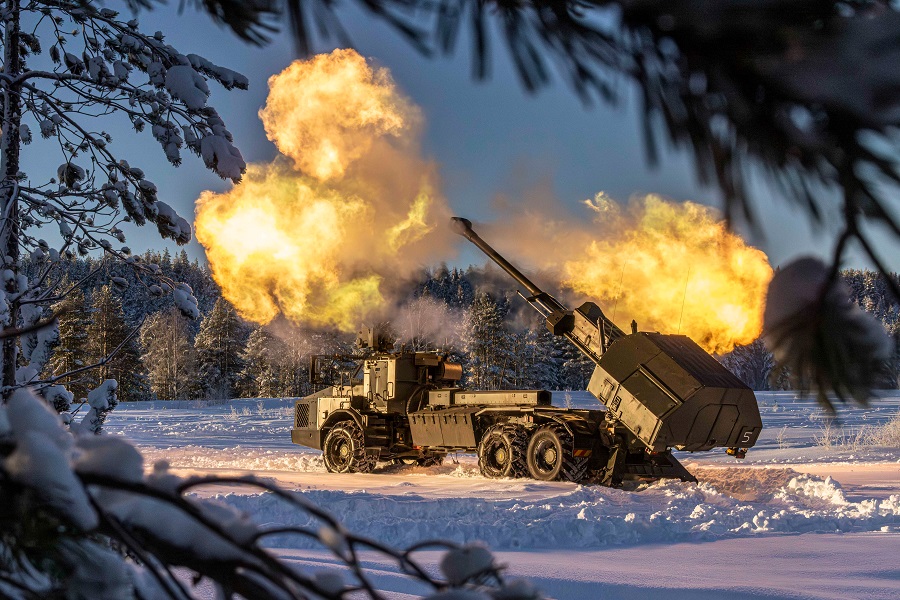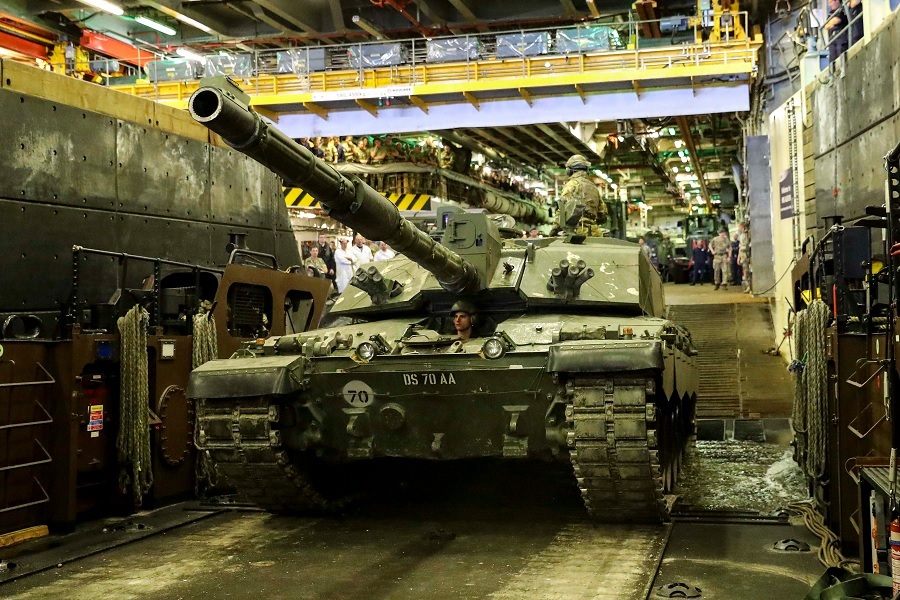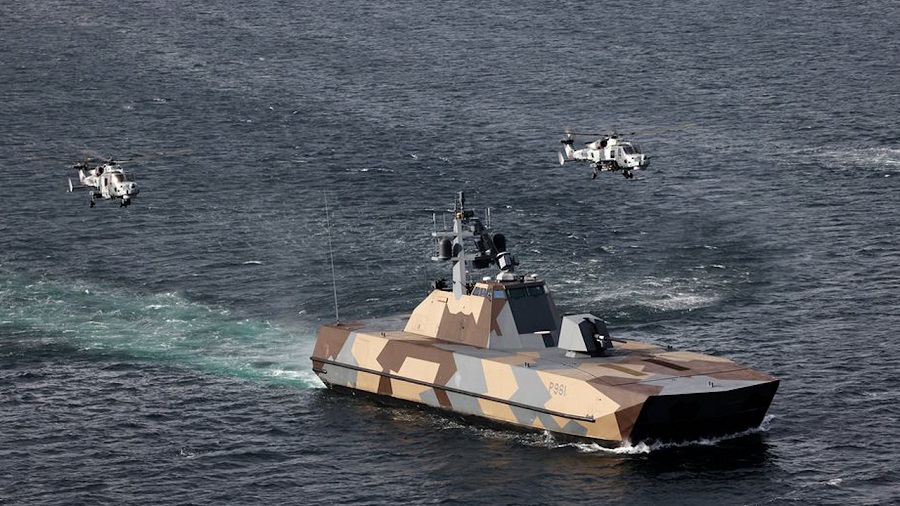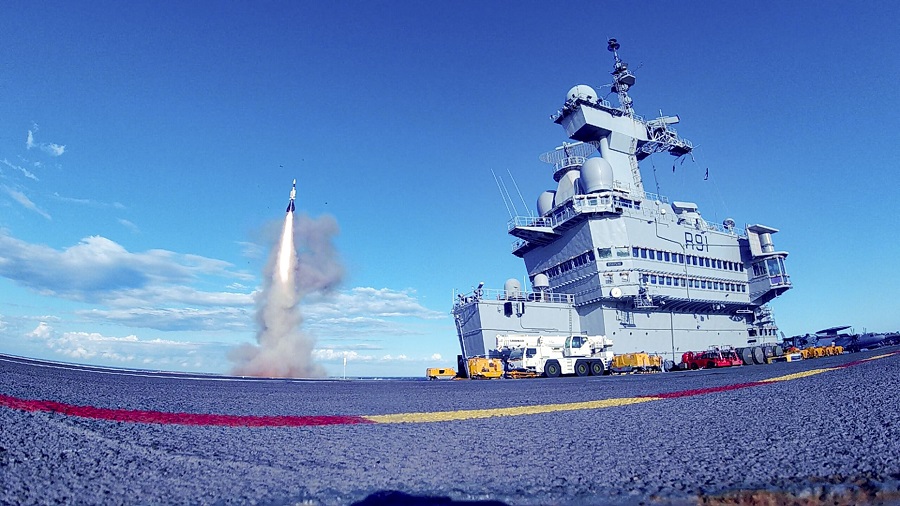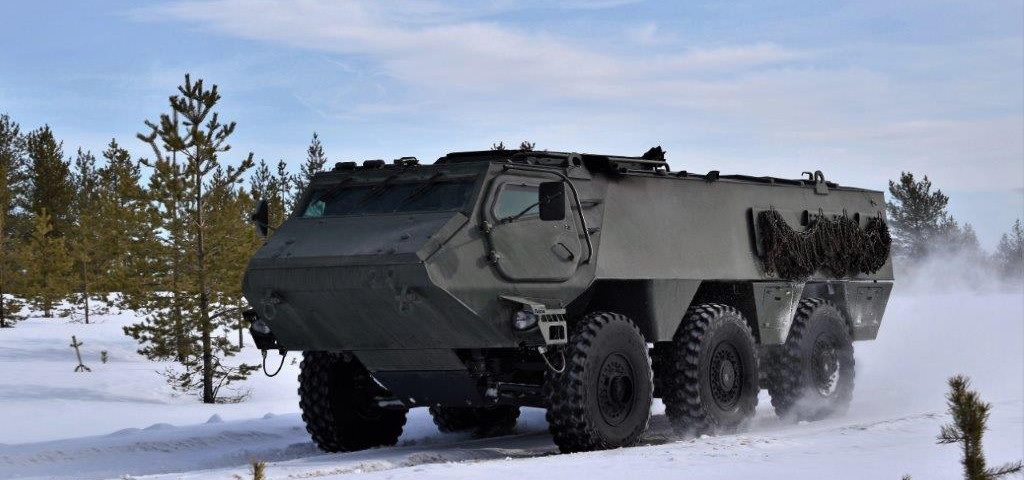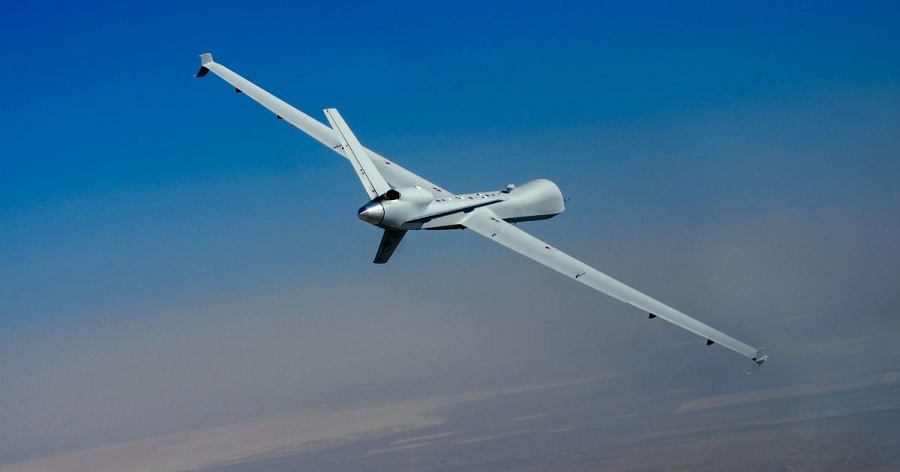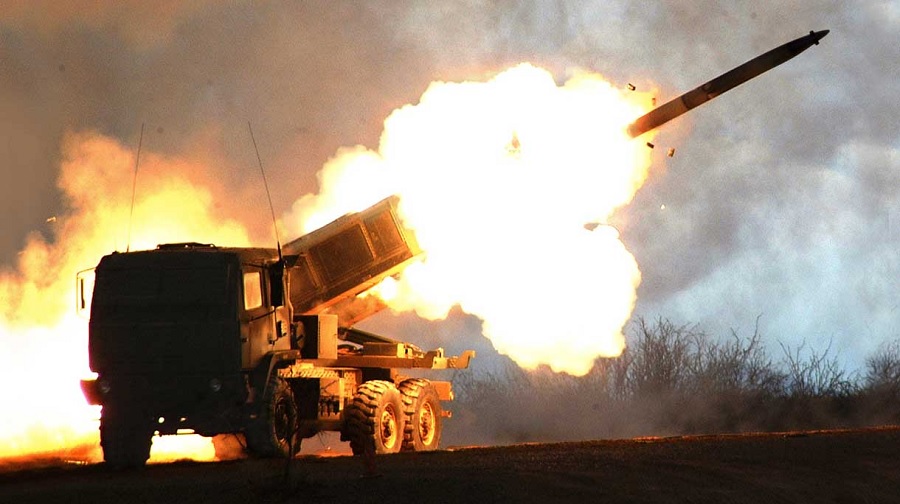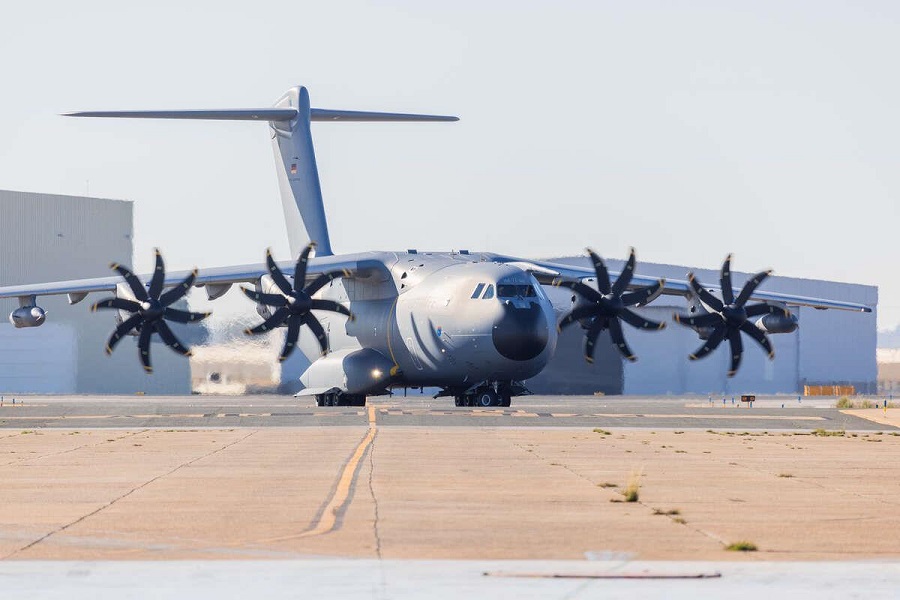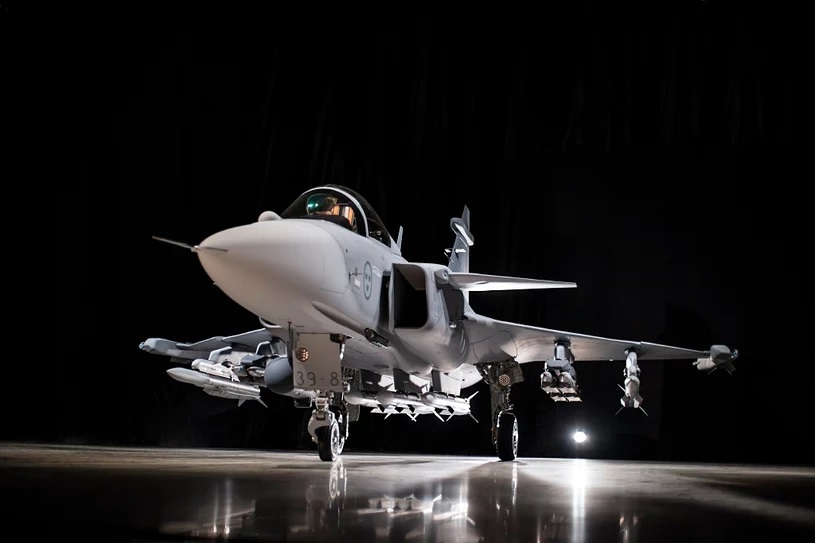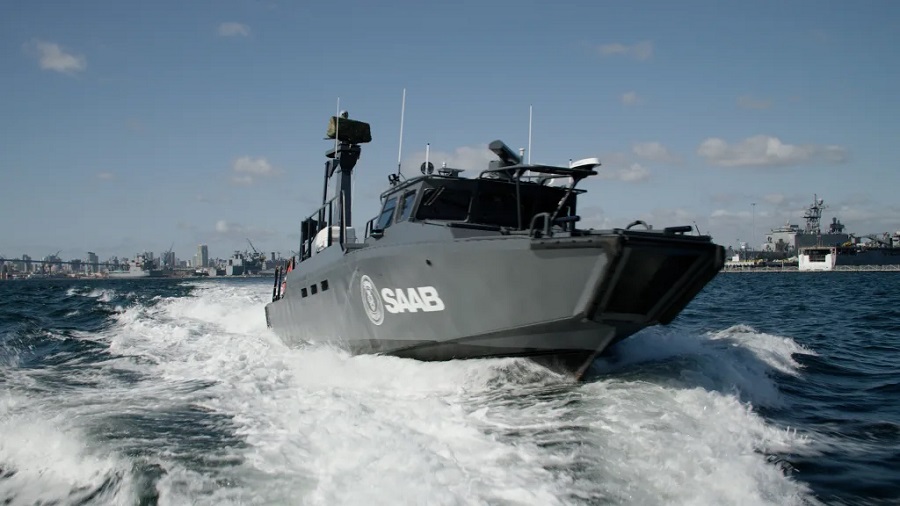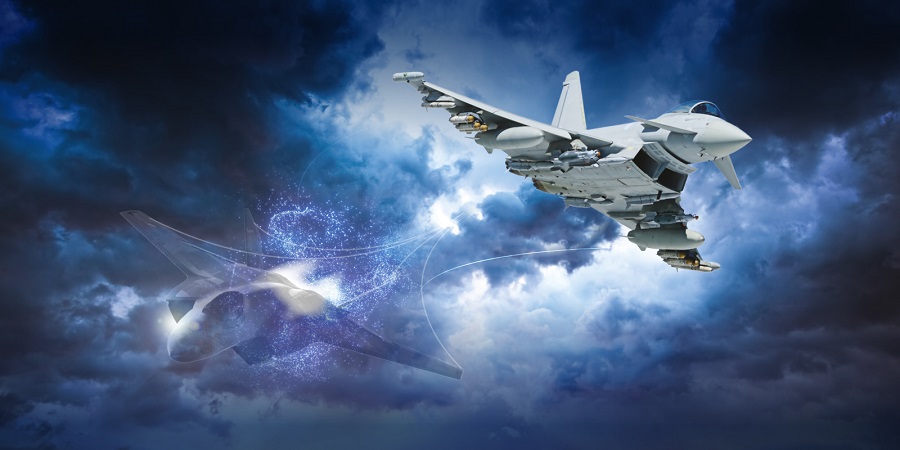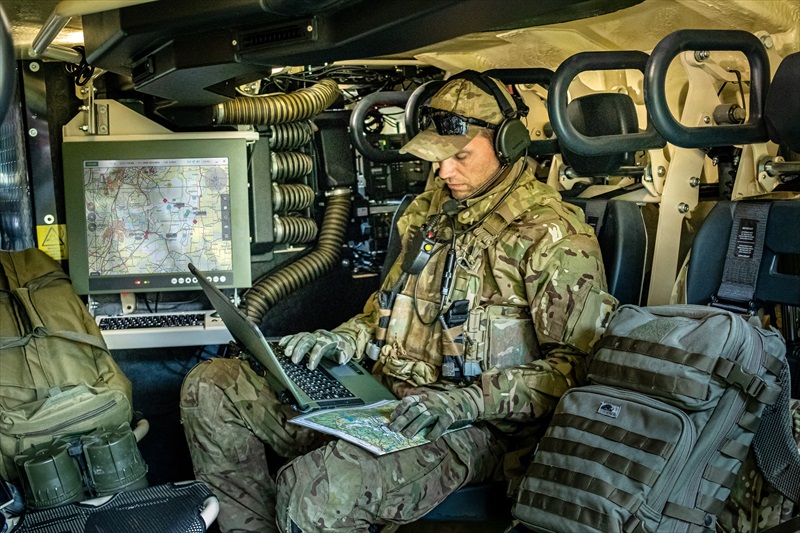Watching the vapour trail on its trajectory as it heads into the winter sky is Lieutenant Colonel Paddy Talbot-King, the Chief Instructor for the Training Delivery Wing, based at the Royal School of Artillery (RSA) who is “extremely pleased” with what he’s witnessed.
Standing on the snowy, frozen military training area of Boden, Swedish Lapland, the Lieutenant Colonel is observing a team of gunners from Larkhill, Wiltshire who have successfully completed a training package, learning what it takes to operate the Archer.
The historical moment in Sweden is the culmination of a 14-week ‘train the trainer’ course provided by The Swedish Artillery School.
Following the granting-in-kind of 32 AS90 self-propelled guns to Ukraine, Archer was procured from the Swedish Government as an interim solution for the gap created in the Army’s 155mm Close Support capability.
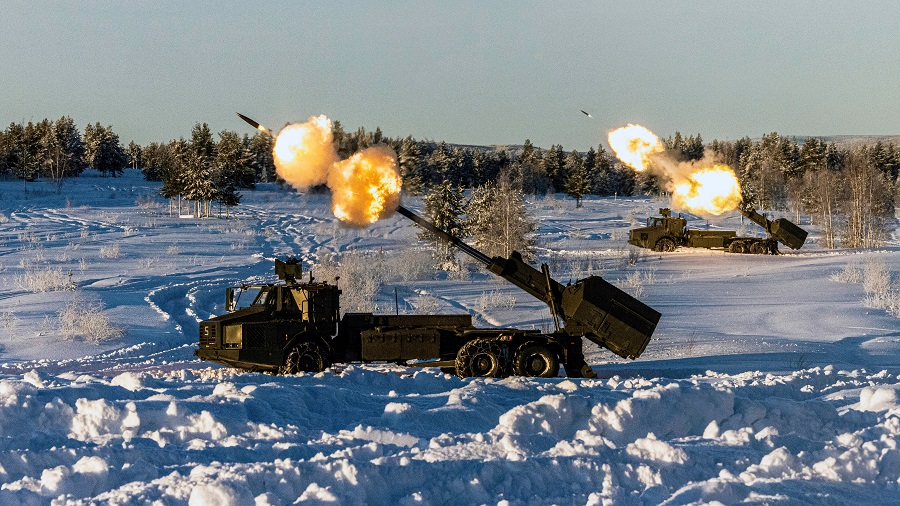
The purchase included logistic support containers, an initial ammunition suite, initial support, and training package.
But for Paddy it has been about his staff achieving the high standards required to operate the modern artillery platform. “The relationship with the Swedish School of Artillery has been enduring for a number of years,” he said “And has absolutely been cemented by the training here in Sweden on the Archer system.
“They very kindly offered to deliver this package, to be able to convert the artillery batteries in the UK onto the Archer system and have bent over backwards to support us in our training, and indeed will continue that support when we go back to Wiltshire.”
The course follows the same length and syllabus as that taught to the Swedish instructors to qualify them to teach their conscripts.
“The need for the extensive package is that the gun is so complex,” explained Fanjunkare (Master Sergeant) Johannes Borgstedt-Faläng, one of the Swedish Gunnery Instructors who has spent the last three months working closely with our artillery soldiers.
“If you come from an AS90 or any other gun platform it is a lot less digital and not as much manual labour as it is on the standard older howitzers. You need much more in-depth knowledge of the computer system and fault management.
“The challenges of that are when you go from a physical job to pushing buttons it is ‘hard to get your head around it,’ you are used to doing it manually, and when the gun does it for you, you’re not comfortable with it!”

This was the first time the two detachments have conducted a live fire mission and ammunition replenishment without the support of the Swedish Army, and the challenges not only included the harsh Nordic weather but also a re-education from the tracked gun they are familiar with.
Sergeant ‘Toffy’ Tovagone, currently employed as a Guns and Ammunition Instructor, is grinning from ‘ear to ear’ having stepped down from the considerable height of the cab. “Firing for the first time wasn’t much different,” he said, “It wasn’t that loud, when you fire the AS90 it shakes but this is a closed cabin, and it didn’t!”
For Toffy getting to grips with driving in snow chains, in a six wheeled vehicle was “interesting,” originally from Fiji he has “never seen snow like it,” and as an AS90 Detachment Commander, never driven that gun platform.
“This is now a multi-role, it is about being the number one, operator and the driver. You need to learn the system, how to fault find and trouble shoot, and also the use of the ammunition truck to fill in the magazines for the charges and shells.
After finally putting the theory into practice he said: “In my opinion it is a good piece of kit, it’s been a really great experience, the Swedish have instructed us really well. I’m looking forward to teaching the number one commanders who will rely on us to deliver this training.”
Teaching our instructors to share the knowledge on their return to the home of the Royal Artillery in Larkhill, Fanjunkare Johannes Borgstedt-Faläng concluded:
“The British soldiers have made us think about how we use our own gun and why we do it as we do it, we have already started to think about implementing some things the British have taught us.”
“We haven’t been to war, we haven’t been in combat with the Archer system, and are not as familiar with combat as you, so it is also a good thing to learn from the British.”
The milestone will strengthen the international military cooperation and commitment to the Joint Expeditionary Force, the bi-lateral partnership between the UK and Sweden, and their journey towards NATO membership.
Crew training will start on the next generation of wheeled artillery systems this spring, there are currently four in the UK and another eight will arrive in April.
Source: British Army.



